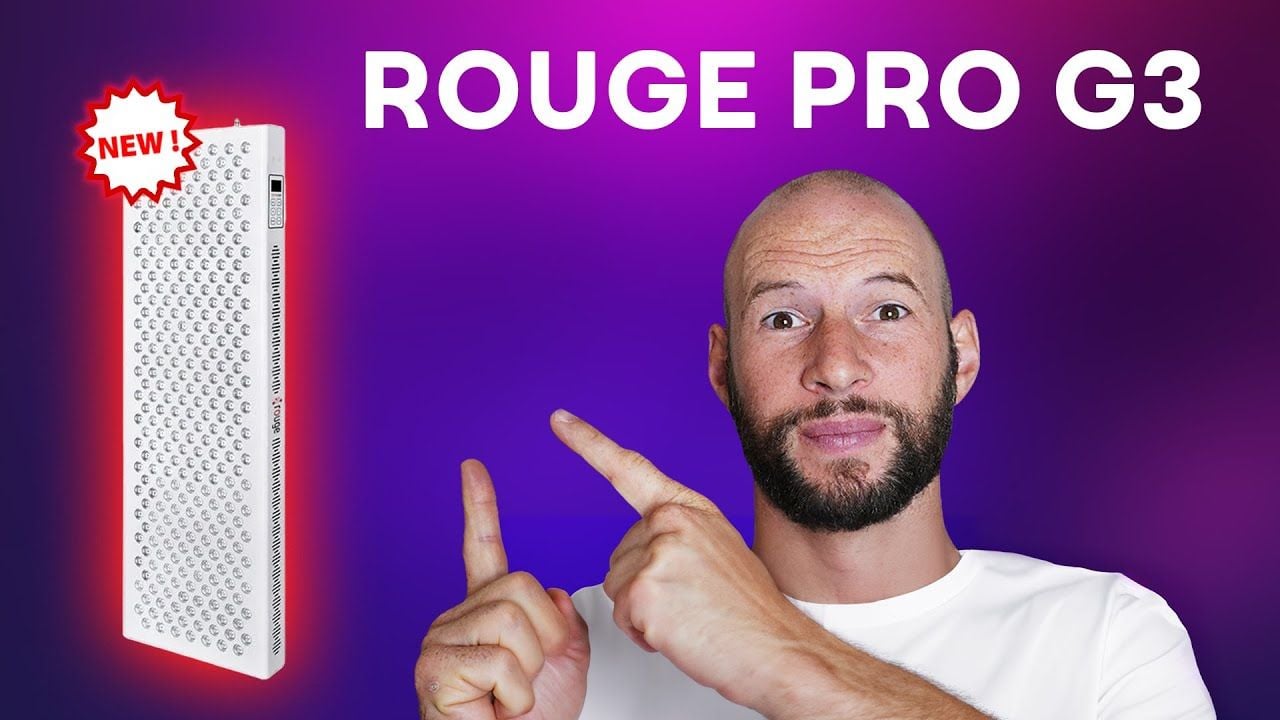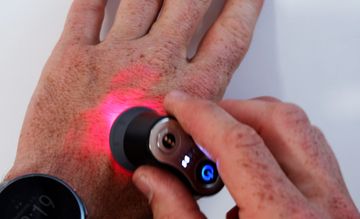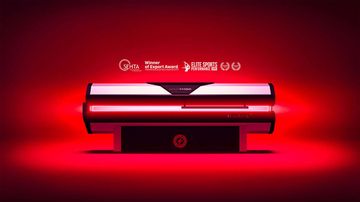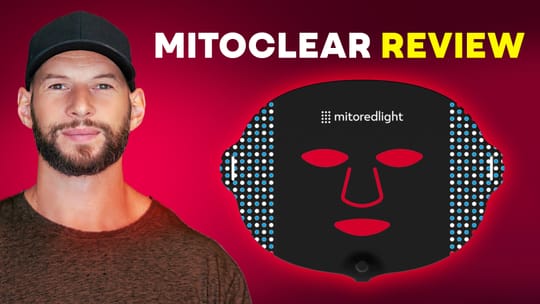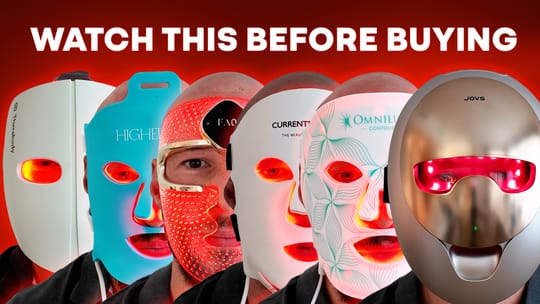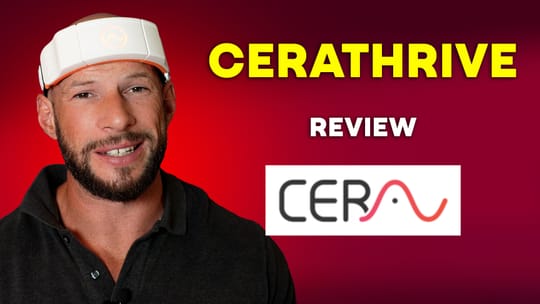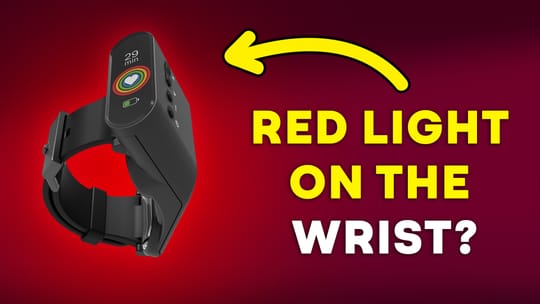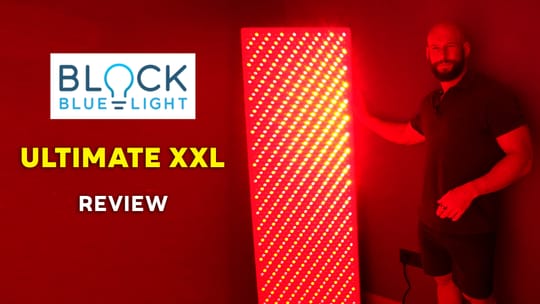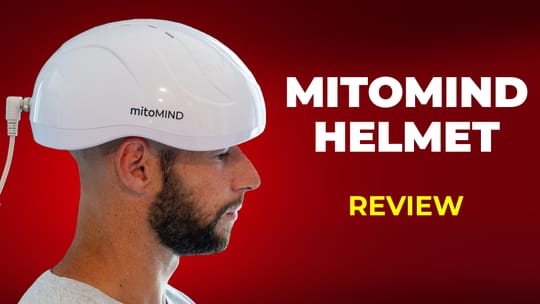Welcome to this article on the Rouge Pro G3. This is brand new with lots of new features including their multi-wave parabolic technology which I'll talk more about later in this article.
The new panel is larger than its predecessor. It's putting out more power. It's got pulsing in the near infrared range and dimming ability. It has a brand new control panel, wireless connectivity, a neat little remote which by the way comes included for the battery which is awesome.
It's got a nice carry handle in the back. It also comes with some neat accessories. It's flicker free. Also, it has ultra low EMF.
However, as you're about to see there is a bit of a limitation. Now, the panel has 300 LEDs. It's 36 inches tall and 12 inches across. It looks very similar to BioMAX 900. I do like the wider size in red light therapy panels.
You can get two of these for instance and have full shoulder to shoulder treatment coverage which is something I've analyzed in depth. If you want full body coverage, you pretty much need to make sure you're getting a panel wide enough for that.
So with this wider design, you may still want to get more panels. But that may cost less than having to get twice as many narrower panels.
Wavelength Testing
My spectrometer shows there are two big peaks. What's interesting is the red light peak is quite wide. It's got a flat top ranging from 653 nanometers (nm) through to 665nm.
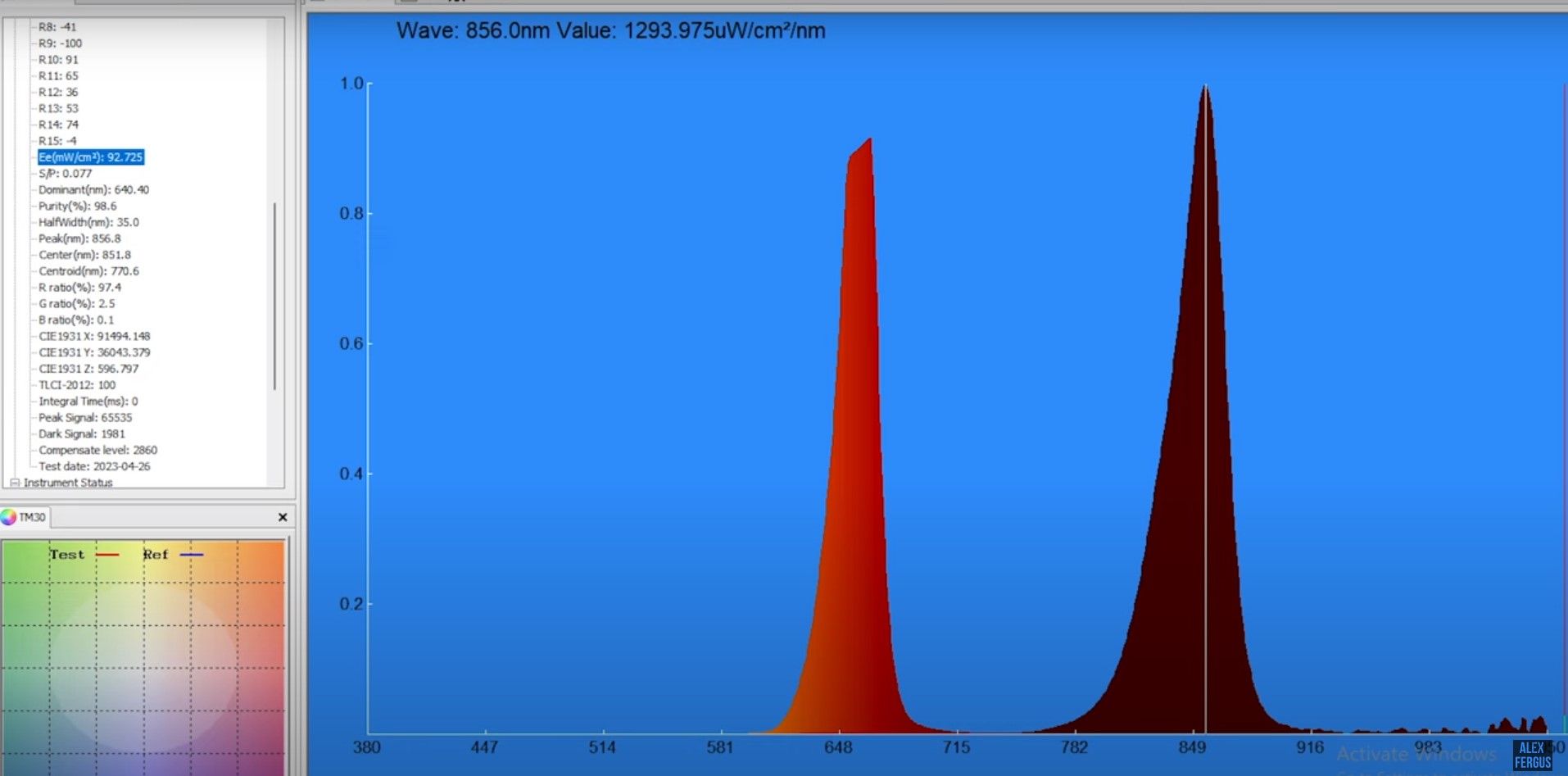
Then we see near infrared peak around 856nm. However, that's it. You're only getting your 660-ish in your red and your 850-ish in near infrared. There's no 630nm. There's no 810nm. There's no 830nm.
These other wavelengths are pretty much commonplace now. Although, we are seeing a nice wide range around 660nm, it's still lacking when compared to some other panels.
Power Output Testing
One area where it's not lacking is its power output. This thing is throwing it out there. I had a peak reading at six inches of 97mW/cm2. The average reading over nine points across the panel was 81mW/cm2.
Now, what's interesting is the team over at Rouge sent me the lab test for this panel. That lab reading was 76mW/cm2 at six inches.
Remember, that's a professional lab using top of the range gear in a controlled setting. I'm using good testing gear but not necessarily in the most tightly controlled setting. So to be out only a few percentage points is quite impressive.
One thing I do need to mention though is that lab test data had a reading at 12 inches (in). What was interesting is the near infrared irradiance actually went up at 12in compared to 6in. This means, the further you go away from the panel, the more light energy you're getting which doesn't make sense.
I actually dug into this, and it turns out that the lab were only taking one snapshot reading and then moving back and taking a second reading. What was happening is they were actually getting more near infrared as they went further away because of the way the light was coming out of the LEDs.
That really messed with me because I thought a lab would take multiple readings and get these super accurate numbers. But no, they're just taking one snapshot.
When I share my average reading, note that that's across nine different points. So actually it may be more accurate than the lab's testing. Anyway, we do know it's putting out a ton of power because these figures are really good an average of 81 milliwatts (mW) may be the best I've tested in this panel class. So that is an exceptional number!
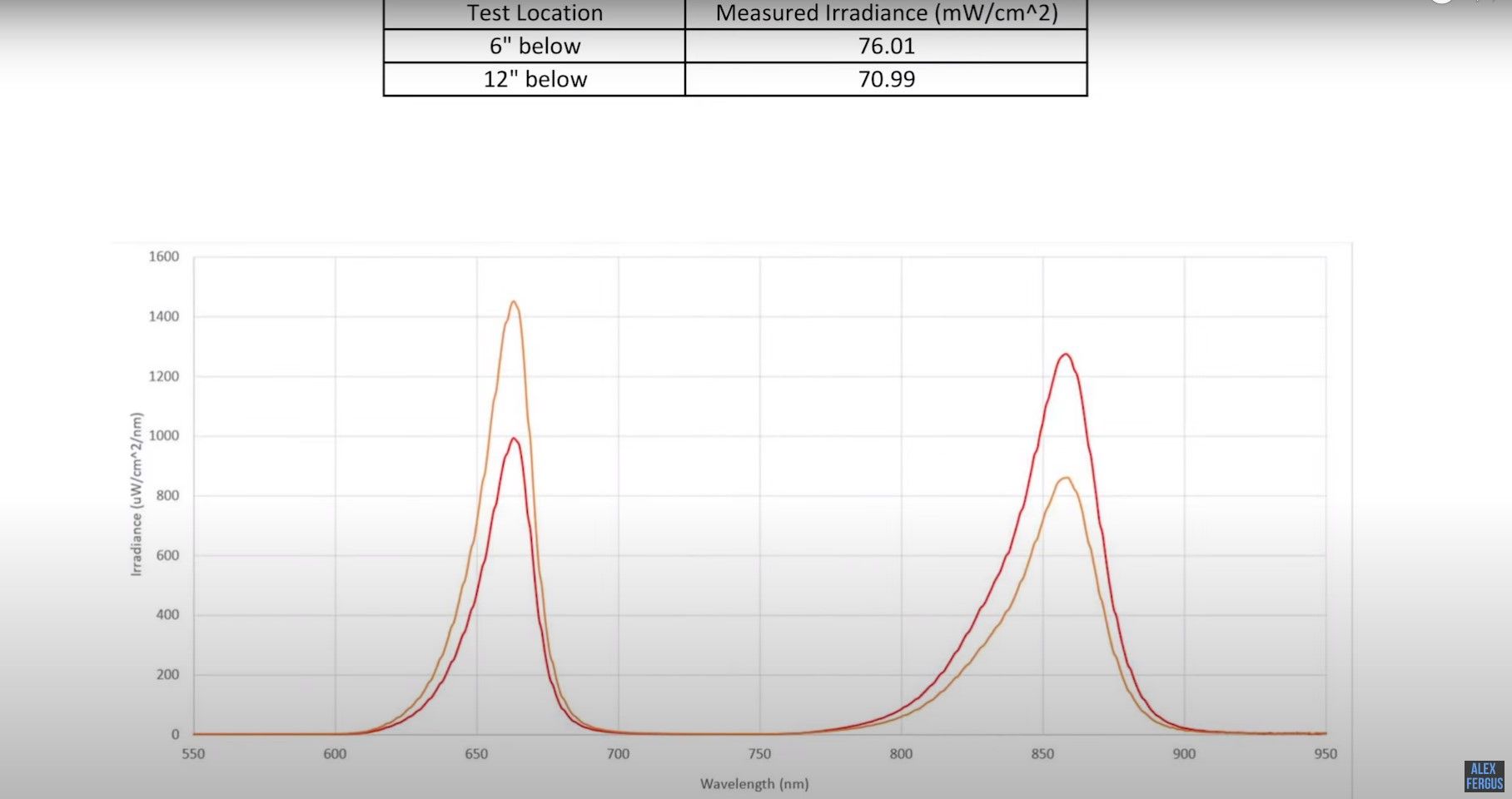
So what are the key takeaways from this? Well, to get a deep tissue treatment you really only need to do about a 10 minute session time. For superficial surface level stuff, you need about two or three minutes. Of course given the size of this panel, it's not going to take you long to do a full body treatment.
I tested the EMF that was fine. Likewise with flicker. Sound came in at 50 decibels (dB). There is quite a piercing beep on the control panel though.
Price & Warranty
What about price? You would think a new panel with so much power will surely cost a lot more money, but it doesn't. The price is actually really good. It retails for $1149.
(Here are the Rouge Pro G3 links for the USA or Canada or Australia)
If you use discount code ALEX that will bring the price down to $1112. Shipping is free to the States. It's also free shipping to Australia, Canada, and the UK which is pretty neat.
Now, when you look at it from a power value point of view, it comes out with a figure of $6.74 per watt. That is exceptional! I used to say anything under $10 is excellent. With this panel the cost is down to around $6. It's incredible the amount of therapeutic red light you can get at such a low price.
You can also buy some stands for this panel. There's a floor mount for $130 is or a small horizontal stand for $220.
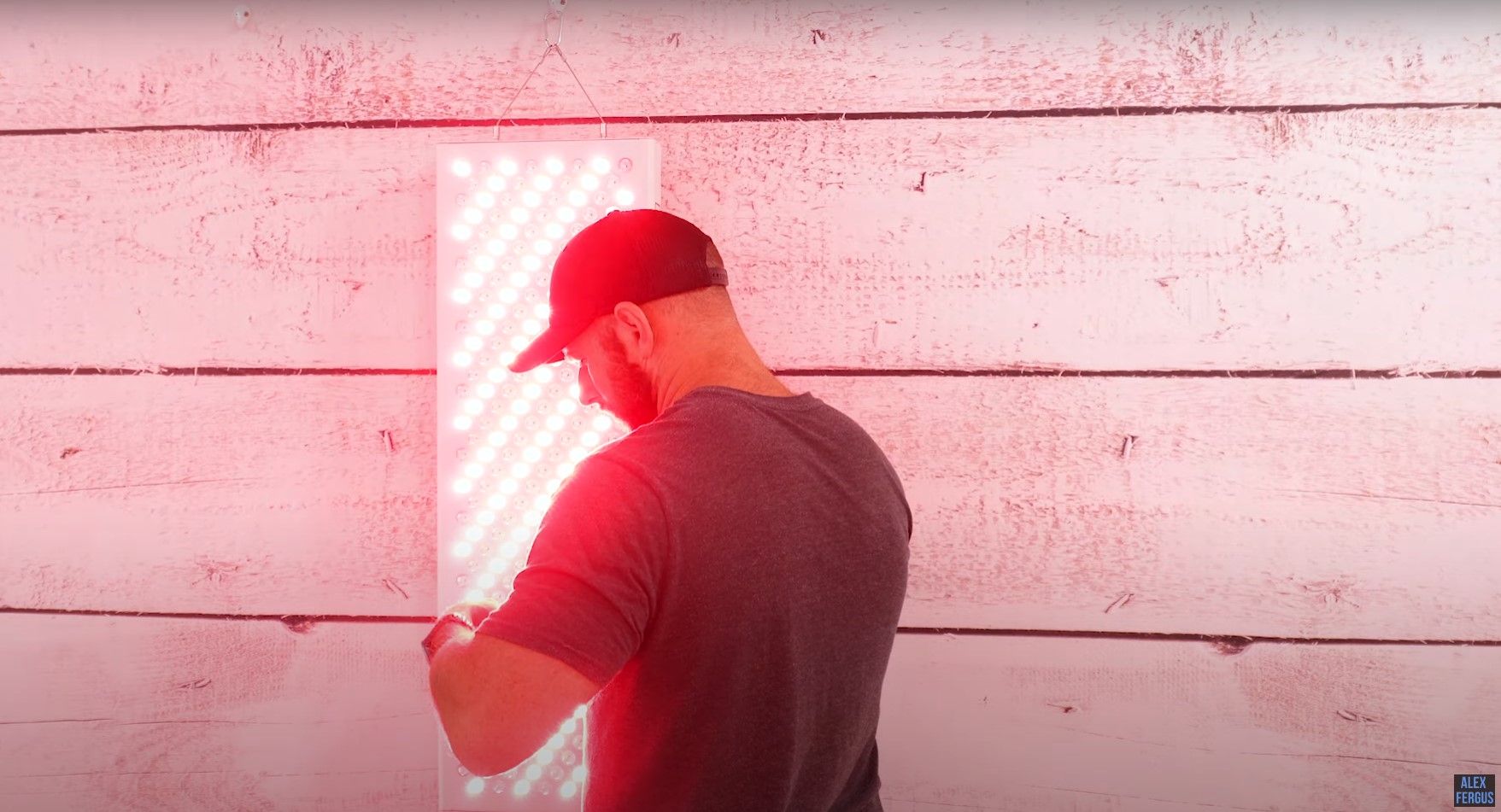
Alternatively, it comes packed with a door hanging hook and a pulley system. The pulley and the door hook are the oversized large versions which adds value. Finally, there's a three-year warranty and a 60-day return period.
My Likes
What do I like about the pro G3? Well, first up the price is great. It's hard to beat that price. As you'll see shortly, when we compare this to some of its competitors it's doing incredibly well on the price front.
Plus the free shipping is awesome! I don't know how long that's going to last. I know a lot of other companies are ditching free shipping because freight costs are getting too high.
It's great that it's got the wireless connectivity mode which is something we've seen with the PlatinumLED panels. I've used it myself, and I can tell you now it is a good feature.
The inclusion of pulsing is going to keep some people happy. It does only pulse the near infrared and only goes up to 20 hertz (Hz).
The included accessories are great. The power cable came with a local plug. Even better though, this cable is huge. I'm sure it's the largest one I've tested by a country mile! In fact, it's so big I can skip rope with it.
The power output is amazing. It's got a really nice light spread. You're not getting any concentrated hot spots. It is worth noting that it does only have two LEDs. So that is part of the reason it can get a nice blend of light.
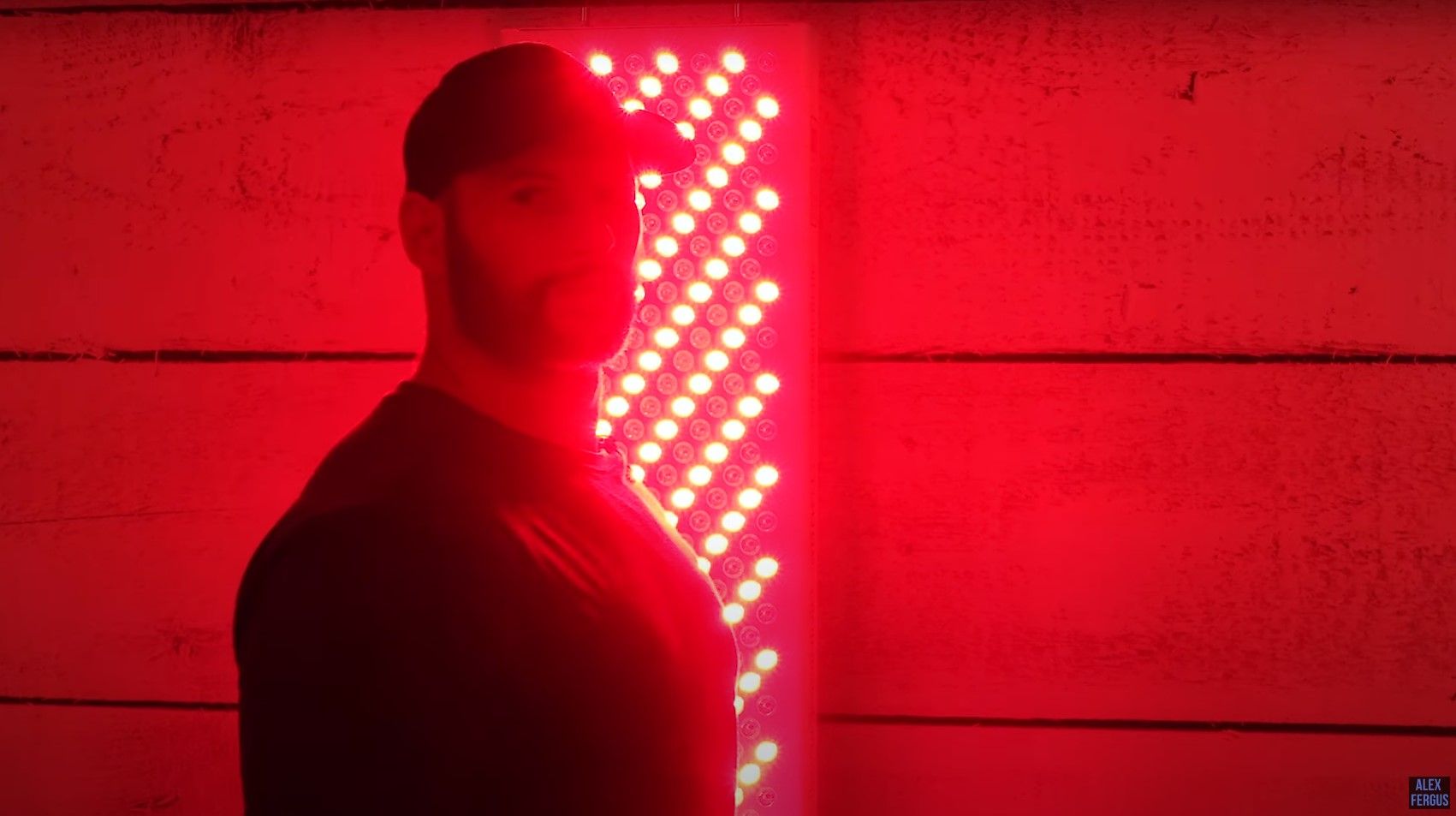
You're working with a lot less wavelengths than other panels have. The new control panel is a nice upgrade. It is the same panel we've seen in the Rojo therapy light panels. It's good, but it's not as good as it could be. Some selections require far too many button changes.
My Dislikes & Suggestions
What about the downsides? It comes with a one-page quick start guide. I had to go online to get the full manual. I prefer receiving the printed manual in the box. At least the quick start guide was pretty decent. It had some dosing protocols in there.
The remote is a little bit silly. It was the same with the Rojo therapy remotes. All you can do with this is turn it on and off. You're not really going to be able to adjust the time or change the dimming or pulsing through the remote.
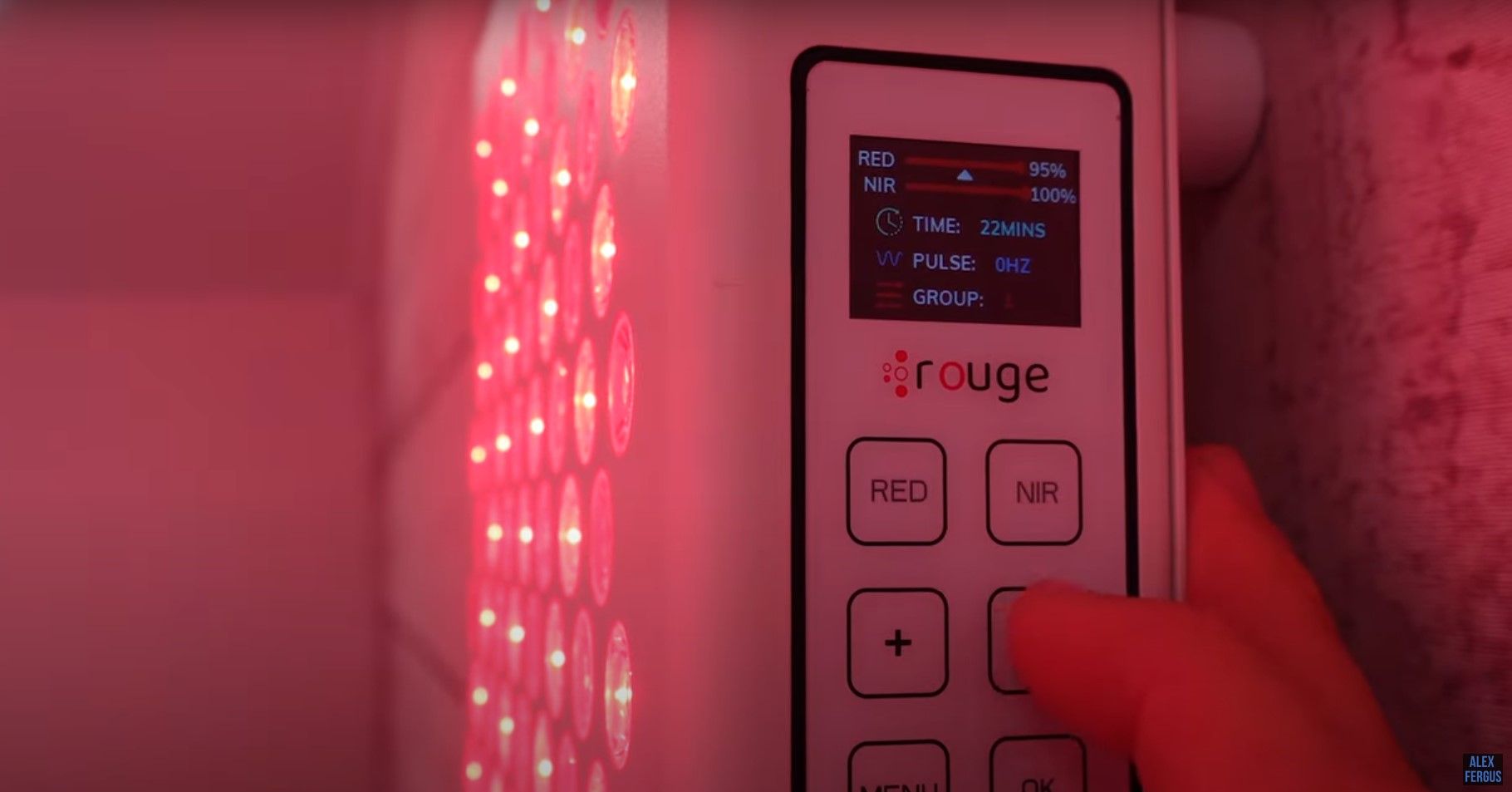
The reason being is that to do such things you actually have to be seeing the screen. Because the screen is so small, you have to be close enough so that you're probably going to use the buttons on the control panel. However, being able to turn it on and off from a distance is nice.
The biggest downside is that it's only 660nm and 850nm light. Now, if you go back three or four years, this was the standard for red light therapy panels. Many people, including myself, had amazing results with those wavelengths.
You don't need these other wavelengths to get exceptional results. However, when you look into the research, it's well known now that wavelengths such as 810nm light have some amazing benefits for the body.
You're not getting 810nm. You're not getting 630nm or other wavelengths that we see in a lot of the competitors' products. However, if you want great value, exceptional power, and all the bells and whistles, then the Rouge Pro G3 should be top on your list when it comes to red light therapy shopping.
Comparison To Competitors
I've alluded to its competitors a few times in this article. How exactly does it compare? First, you have PlatinumLED's BioMAX 900 which is very similar in terms of size. The BioMAX is more expensive than the Rouge.
I'll put links to all of these panels including the discounts below if you want to check them out. However, it does come with a much nicer control panel—the best on the market. You're getting six wavelengths including the 810nm and 630nm plus blue light. None of those three are in the Rouge Pro G3.
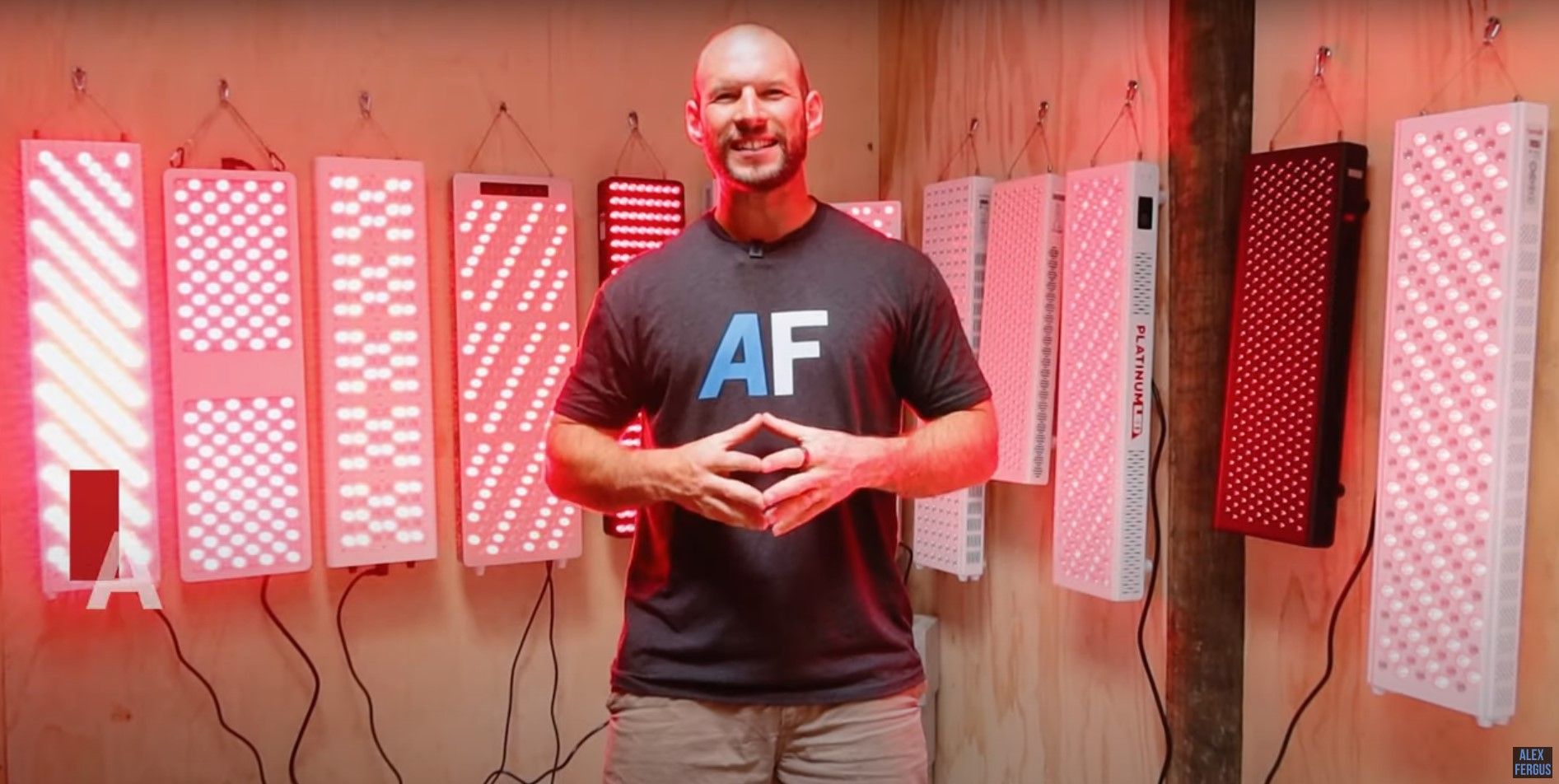
Next we have Mito Red Light's panel, MitoADAPT. That panel is more expensive than both the Rouge and the BioMAX. However, you're getting dual chip LEDs which are putting out a really nice blend of light with four wavelengths including 25% of the energy going to that 810nm range which is really cool.
If you don't care about those other wavelengths, then you could look at something like the Hooga Pro 1500. That is actually priced very similar to this. However, it's not as nice as the Rouge panel. You're not getting some of those nicer features.
Parabolic Multiwave Suggestion
Now, if you've been over to the Rouge website and you've noticed that they're promoting their parabolic multi-wave technology, and if you're wondering, "Well, do I really need those other wavelengths if it's got this technology?"
To answer that question, be sure to check out this video where I explore that and I do some testing and provide a full explanation.
I look forward to hearing about your experiences in my new red light therapy group on Facebook.
This Article's Products:
- Rouge Pro G3 - Links for the USA or Canada or Australia
- Mito Red MitoADAPT, The discount will automatically apply at checkout if you use that link.
- PlatinumLED's BioMAX 900
- Hooga Pro 1500 HGPRO1500 (code ALEX saves)
Extra! Extra! Read All About It!
✅ 810 Nanometer Wavelength Health Effects Cheat Sheet
✅ 36 Powerful Red Light Therapy Benefits
✅ Light Therapy 101 & Buyer's Guide
✅ How To Use Red Light Therapy 101: The Best Guide For Starters
Be In The Know With These YouTube Videos
✅ PlatinumLED BioMax 300 Review: 6 Wavelengths & More!
✅ Red Light Therapy Comparison Series
✅ Hooga Pro 1500 vs Rouge G3 Pro - Which Is Better?
✅ Red Light Titans Duel: BioMax 900 vs MitoPRO 1500!
✅ Mito Red MitoPRO 1500 Review
✅ PlatinumLED BioMax 900 Review
This blog post was written by Alex Fergus. Alex is a ISSN Sports Nutrition Specialist, Fitness Professional and certified Superhuman Coach who continues to expand his knowledge base and help people across the world with their health and wellness. Alex is recognized as the National Record Holder in Powerlifting and Indoor Rowing and has earned the title of the Australian National Natural Bodybuilding Champion. Having worked as a health coach and personal trainer for over a decade, Alex now researches all things health and wellness and shares his Alex Fergus blog as well as light therapy on this website.

